Colchicine vs Alternatives: What Works Best for Gout and Inflammation?
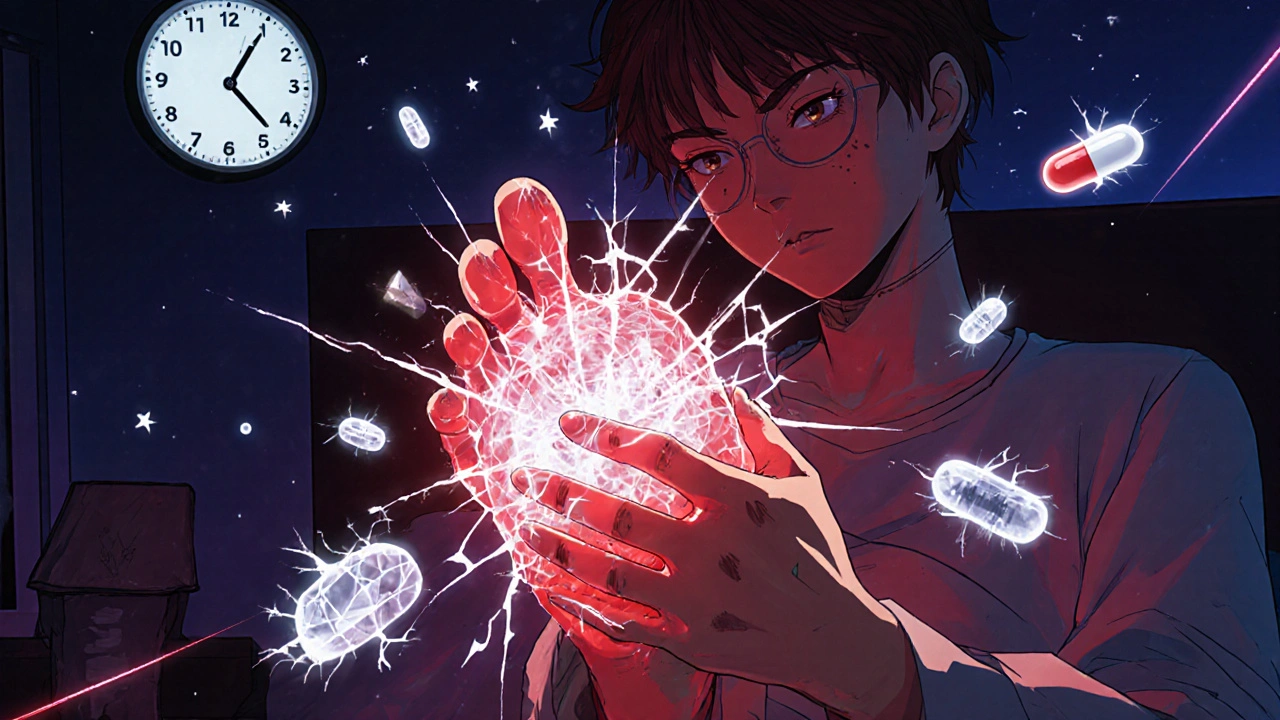
Gout Treatment Recommender
Find Your Best Gout Treatment Option
This tool helps determine the most appropriate gout treatment based on your health profile. Answer the questions below to receive personalized recommendations.
Recommended Treatment
Why this option?
What to consider
Quick Summary
Based on your profile,
Colchicine has been used for over 2,000 years to treat gout, but today, many patients and doctors are asking: are there better options? With newer drugs, changing guidelines, and growing concerns about side effects, it’s time to compare colchicine with the alternatives that are actually being prescribed right now.
What colchicine actually does
Colchicine isn’t a painkiller. It doesn’t reduce swelling like ibuprofen or stop uric acid production like allopurinol. Instead, it interrupts the inflammatory process that causes gout flares. When uric acid crystals form in your joints, your immune system sends white blood cells to attack them. That’s what triggers the redness, heat, and unbearable pain. Colchicine blocks those white blood cells from moving to the site, stopping the flare before it gets worse.
It’s most effective when taken within the first 12 hours of a gout attack. Many people notice relief within 24 to 48 hours. But it doesn’t cure gout. It just calms the flare. That’s why it’s often paired with long-term meds like allopurinol or febuxostat.
Why people look for colchicine alternatives
Colchicine has a narrow safety window. The difference between a helpful dose and a toxic one is small. Side effects like nausea, vomiting, diarrhea, and stomach cramps are common-up to 80% of people experience them at standard doses. For older adults or those with kidney or liver issues, the risk of serious toxicity goes up fast.
Also, colchicine interacts with dozens of common drugs: statins, antibiotics like clarithromycin, even grapefruit juice. If you’re on multiple meds, your pharmacist might flag colchicine as a red flag.
Many patients stop taking it because of the side effects. Others can’t tolerate it at all. That’s why alternatives matter-not because colchicine doesn’t work, but because it doesn’t work for everyone.
NSAIDs: The go-to first-line alternative
Nonsteroidal anti-inflammatory drugs (NSAIDs) like indomethacin, naproxen, and celecoxib are the most common alternative to colchicine. They work faster for pain relief and are easier to tolerate for many people.
A 2023 study in The Lancet Rheumatology found that naproxen provided similar pain relief to colchicine in acute gout, with fewer gastrointestinal issues in patients under 65. Celecoxib, a COX-2 inhibitor, was even better for stomach safety.
But NSAIDs aren’t perfect. They can raise blood pressure, strain the kidneys, and increase heart attack risk in people with existing cardiovascular disease. If you’re over 65, have kidney trouble, or take blood thinners, NSAIDs might not be safe.
Corticosteroids: The strong option for complex cases
When colchicine and NSAIDs aren’t an option-or don’t work-doctors turn to corticosteroids. These can be taken as pills (prednisone), injected directly into the joint, or given intravenously.
Oral prednisone is often dosed at 30-40 mg per day for 5 to 10 days, then slowly tapered. It’s just as effective as colchicine in reducing pain and swelling, and often better tolerated in older patients or those with kidney disease.
Joint injections are especially useful for people with just one or two affected joints. The relief can be dramatic and fast-sometimes within hours. No pills. No stomach upset.
The catch? Repeated steroid use can weaken bones, raise blood sugar, and cause mood swings. They’re not for daily or long-term use. But for a sudden flare, they’re a powerful tool.
IL-1 inhibitors: The new kids on the block
Drugs like canakinumab (Ilaris) and anakinra (Kineret) target interleukin-1, a key protein that drives gout inflammation. These are biologics-injectable medications usually reserved for patients who don’t respond to other treatments.
Canakinumab is given as a shot every few months. Studies show it reduces flare frequency by up to 50% in chronic gout patients. Anakinra works faster-often within 24 hours-but needs daily injections.
These aren’t cheap. A single dose of canakinumab can cost over $2,000. Insurance often requires you to fail colchicine, NSAIDs, and steroids first. But for people with frequent flares, multiple comorbidities, or severe side effects from other drugs, they’re life-changing.
Colchicine vs alternatives: Quick comparison
| Medication | How it works | Onset of action | Common side effects | Best for |
|---|---|---|---|---|
| Colchicine | Blocks white blood cell movement | 24-48 hours | Diarrhea, nausea, vomiting, muscle pain | Patients with no kidney/liver issues, no drug interactions |
| NSAIDs (naproxen, indomethacin) | Reduces inflammation and pain | 12-24 hours | Stomach upset, high blood pressure, kidney strain | Younger patients, no heart or kidney disease |
| Corticosteroids (prednisone, injection) | Suppresses overall immune response | 6-24 hours | Insomnia, mood swings, increased blood sugar | Older adults, kidney disease, multiple flares |
| IL-1 inhibitors (canakinumab, anakinra) | Targets specific inflammation protein | 24 hours (anakinra), 1-2 weeks (canakinumab) | Injection site reaction, increased infection risk | Chronic gout, failed other treatments, high-risk patients |
What your doctor won’t always tell you
Many doctors still prescribe colchicine as the default because it’s cheap and has been around forever. But guidelines from the American College of Rheumatology (2020) now say NSAIDs, corticosteroids, and colchicine are all equally valid first-line options.
What matters more than the drug is your health profile:
- If you’re on a statin and have kidney issues → avoid colchicine
- If you have high blood pressure or stomach ulcers → skip NSAIDs
- If you’ve had three gout flares in six months → talk about IL-1 inhibitors
- If you hate pills → joint injections are a game-changer
Also, don’t assume one drug will work forever. Gout changes. Your kidneys change. Your meds change. What worked last year might not be right this year.
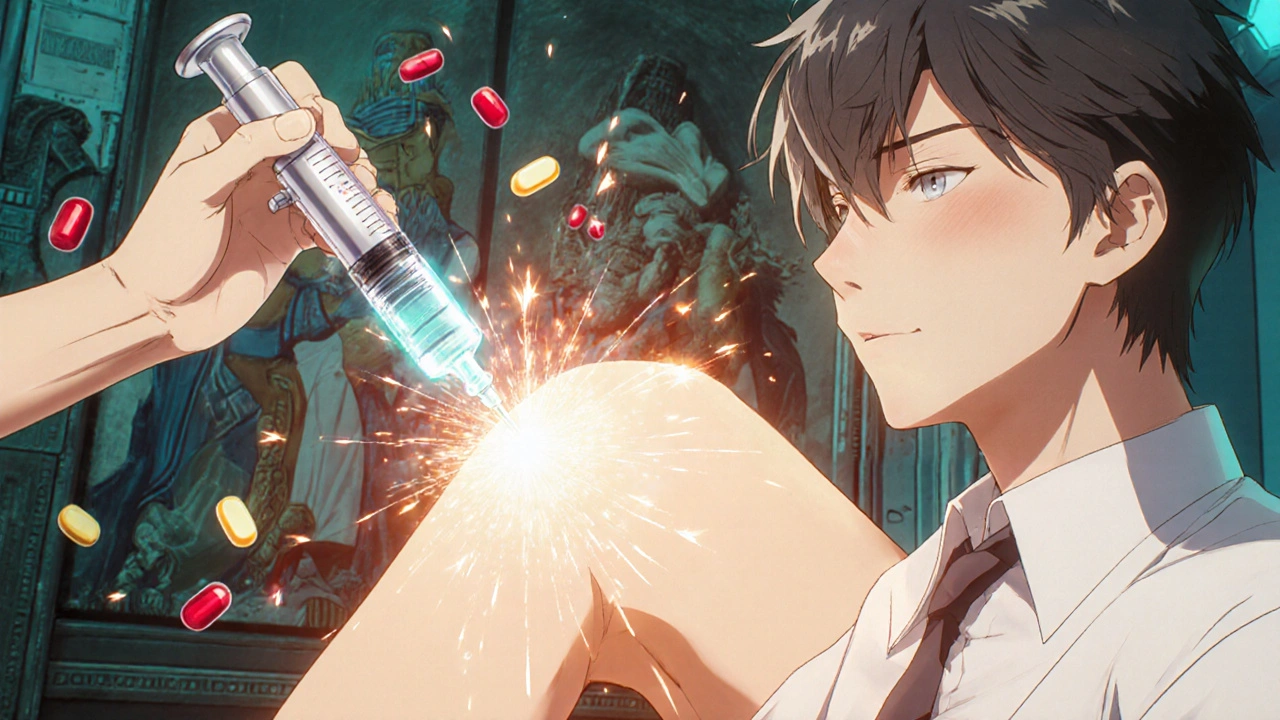
When to ask for a different option
Here’s when to push back or ask for alternatives:
- You had to stop colchicine because of diarrhea or vomiting
- You’re on more than three other medications
- You’re over 70 or have chronic kidney disease
- You’ve had two or more flares in the last year
- You can’t afford the copay or you’re worried about long-term risks
Don’t wait until you’re in pain again. Talk to your doctor or rheumatologist now. Bring this list. Ask: "Is colchicine still the best choice for me, or should we try something else?"
What about natural alternatives?
Cherry extract, vitamin C, and celery seed are often promoted online as "natural colchicine alternatives." There’s weak evidence they might slightly lower uric acid, but none of them reliably stop an active gout flare.
Cherry juice might reduce flare frequency over time, but it won’t touch the pain of a flare that’s already here. Vitamin C has a tiny effect on uric acid levels-nothing compared to allopurinol. And herbal supplements aren’t regulated. One batch might be safe. Another could be contaminated or interact with your meds.
If you want to use supplements, talk to your doctor first. Don’t replace proven treatments with unproven ones.
Bottom line: It’s not about the best drug-it’s about the best drug for you
Colchicine is still a solid option for healthy people with occasional gout flares. But it’s not the only option. And for many, it’s not the safest or most comfortable.
NSAIDs are faster and easier for younger patients. Steroids are powerful and flexible. IL-1 inhibitors offer hope for chronic, hard-to-treat cases. The right choice depends on your age, your kidneys, your other meds, and your lifestyle.
The goal isn’t to avoid colchicine at all costs. It’s to make sure you’re not stuck on a drug that causes more problems than it solves.
Ask questions. Get tested. Review your meds. Your next gout flare doesn’t have to be worse than the last one.
Can I take colchicine with ibuprofen?
It’s risky. Combining colchicine with NSAIDs like ibuprofen increases the chance of muscle damage and severe side effects, especially if you have kidney problems. Most doctors avoid this combo. If you need both, your doctor may lower the colchicine dose and monitor you closely.
Is colchicine better than allopurinol for gout?
No-they do different things. Colchicine treats flares. Allopurinol prevents them by lowering uric acid. Many people take both: allopurinol daily to stop flares, and colchicine on hand for when one starts. Allopurinol is the long-term solution. Colchicine is the emergency tool.
What happens if I miss a dose of colchicine during a flare?
If you miss the first dose within 12 hours of the flare starting, the drug becomes much less effective. Don’t double up later. Instead, switch to an NSAID or corticosteroid. If flares keep happening, talk to your doctor about prevention strategies.
Are there any new colchicine alternatives in development?
Yes. Drugs targeting other parts of the inflammation pathway, like NLRP3 inhibitors, are in late-stage trials. These could offer the benefits of IL-1 blockers without the high cost or injection requirement. But they’re not available yet. For now, the alternatives listed here are your best options.
Can I use colchicine if I have heart disease?
Colchicine is actually used at low doses (0.5 mg daily) to reduce heart attack risk in some patients with coronary disease. But that’s a very different use than treating gout flares. For flares, the higher doses can be dangerous if you have heart failure or are on certain heart meds. Always check with your cardiologist before using colchicine if you have heart disease.
Next steps if you’re on colchicine
- Review your full medication list with your pharmacist-especially statins, antibiotics, and antifungals
- Ask for a kidney function test if you haven’t had one in the last year
- Keep a gout flare diary: when they happen, how long they last, what helped
- Ask your doctor: "Should I be on a preventive drug like allopurinol?"
- If side effects are bad, don’t just quit-ask for alternatives
Gout is manageable. But it takes the right plan-not just the right pill.

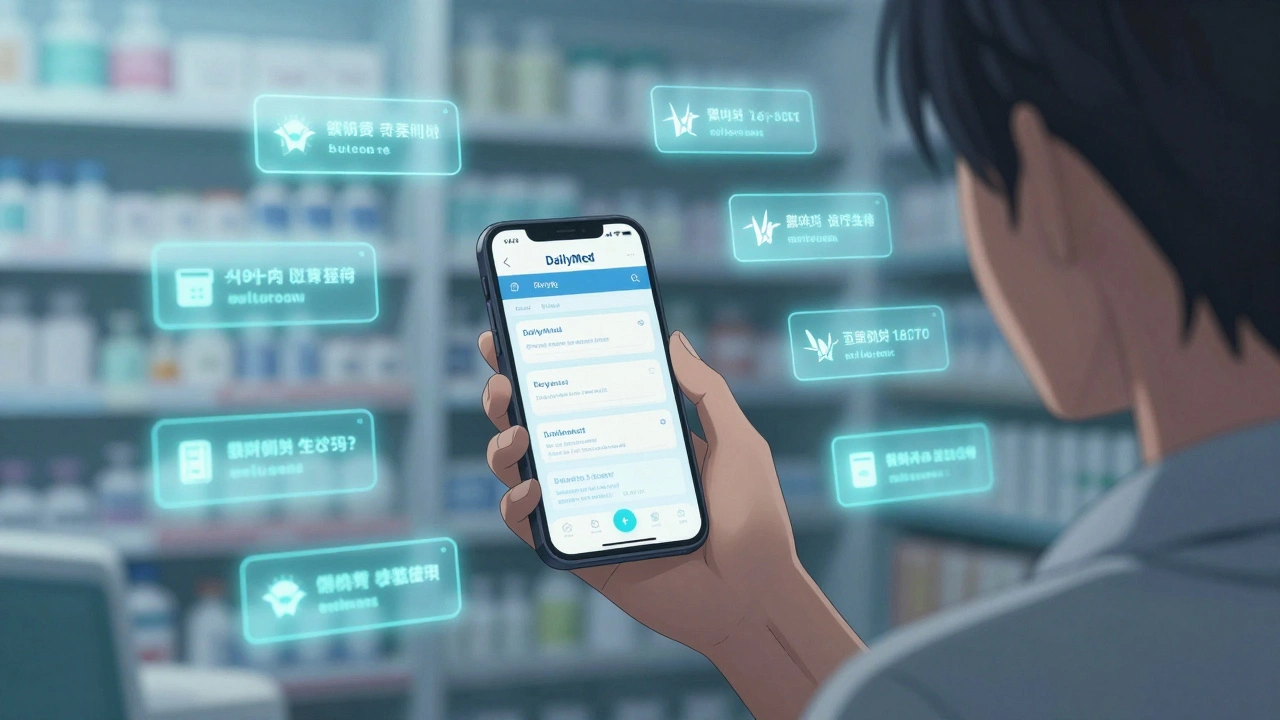
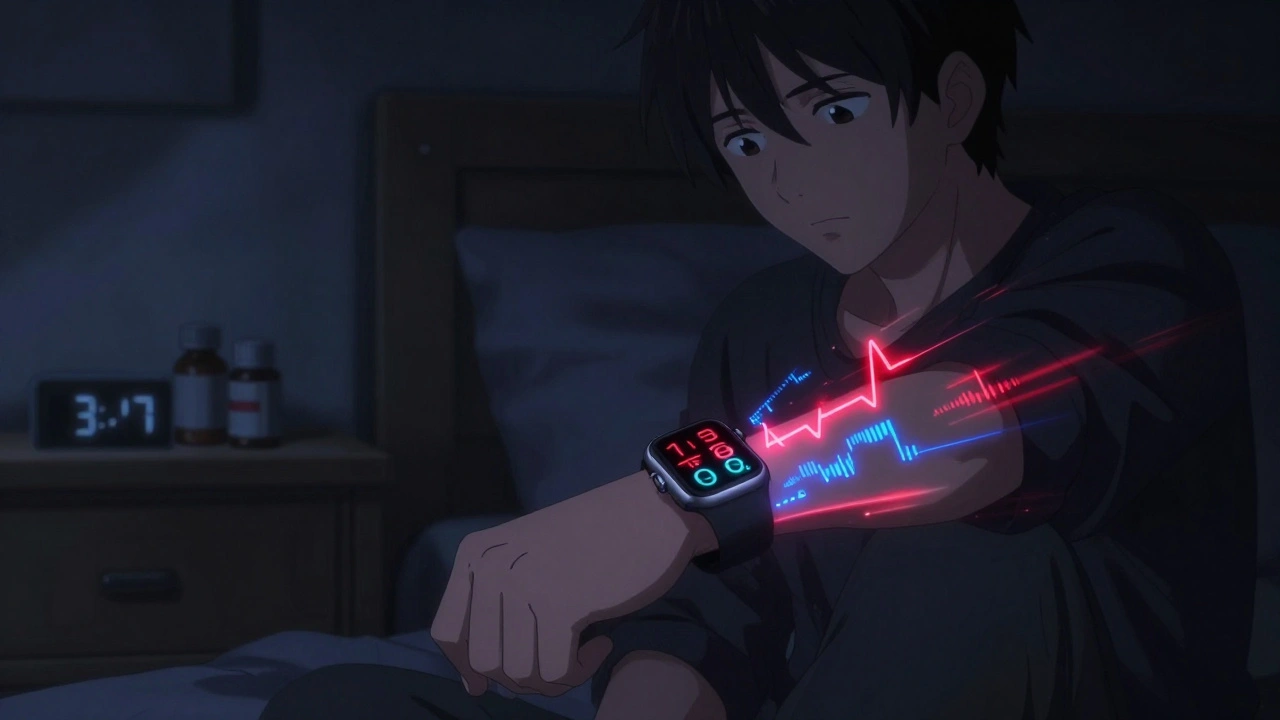
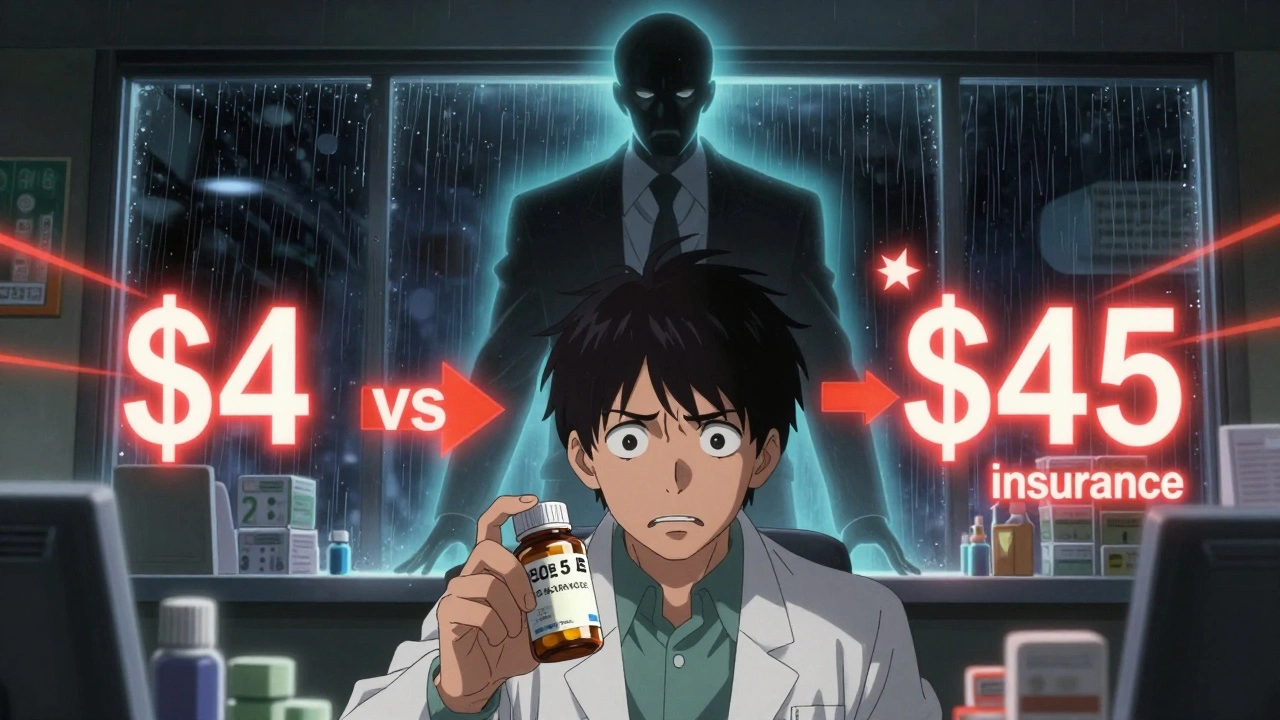


Comments
Iván Maceda
October 31, 2025 AT 21:12I’ve been on colchicine for years-got the diarrhea, the nausea, the whole circus 🤡 But last flare? I went with prednisone. No pills. Just one shot in my knee. Game. Over. 🙌
Robin Annison
November 1, 2025 AT 09:11It’s funny how we treat medicine like a menu-pick one, ignore the rest. But gout isn’t just a flare. It’s a whole-body signal that something’s off. Maybe we should ask why the crystals are forming in the first place, not just which drug shuts them up the fastest.
Abigail Jubb
November 2, 2025 AT 00:34I read this whole thing and cried. Not because I have gout-but because I’ve watched my dad suffer through every single one of these options. And the worst part? No one ever told him he could ask for something better. He just took what they gave him. Until his kidneys gave out. 😢
George Clark-Roden
November 2, 2025 AT 10:44I’ve been on allopurinol for seven years. Never had a flare. Then last winter, my doctor switched me to colchicine ‘for a change.’ Three days later, I was in the ER with rhabdomyolysis. Turns out, I was on simvastatin. No one checked. No one asked. This isn’t just about drugs-it’s about how we treat patients like checklists. And that’s broken.
Hope NewYork
November 3, 2025 AT 23:44lol colchicine is just poison with a 2000 year old name. why do docs still push it? maybe bc they dont wanna learn new stuff. also cherry juice works better than all of this. i feel better after a glass and i dont need a pharmacy to tell me what to swallow.
Bonnie Sanders Bartlett
November 4, 2025 AT 06:59If you’re on meds, talk to your pharmacist. Seriously. They’re the ones who catch the dangerous combos. I had a patient last month who was on colchicine, clarithromycin, and atorvastatin. The pharmacist flagged it before she even left the counter. She’s fine now. Don’t wait until it’s too late.
Melissa Delong
November 5, 2025 AT 04:41Did you know the FDA approved colchicine in 1961 based on a study of 12 patients? And now it’s still first-line? Meanwhile, IL-1 inhibitors are being pushed by Big Pharma because they’re profitable. This isn’t medicine-it’s corporate theater. The real solution? Diet. Fasting. Stop eating processed carbs.
Marshall Washick
November 5, 2025 AT 13:34I’m not a doctor. But I’ve had three flares in two years. I tried everything. Colchicine made me feel like I’d swallowed glass. NSAIDs gave me ulcers. Steroids made me cry for no reason. Then I found anakinra. Daily shots? Yeah. But I haven’t missed work since. It’s not perfect. But it’s mine. And that matters.
Abha Nakra
November 6, 2025 AT 12:31In India, we use colchicine too-but only after checking kidney function and meds. We also use low-dose steroids more often because they’re cheaper and work fast. And yes, we use turmeric paste on the joint. It doesn’t cure, but it cools the burn. Sometimes, small things help big pain.
Neal Burton
November 7, 2025 AT 01:23I’ve been waiting for this thread. I’m the guy who got hospitalized after taking colchicine with grapefruit juice. They didn’t tell me. My doctor assumed I knew. I didn’t. I’m still recovering. And now? I’m terrified of every new prescription. You think this is about gout? It’s about trust. And we lost it.